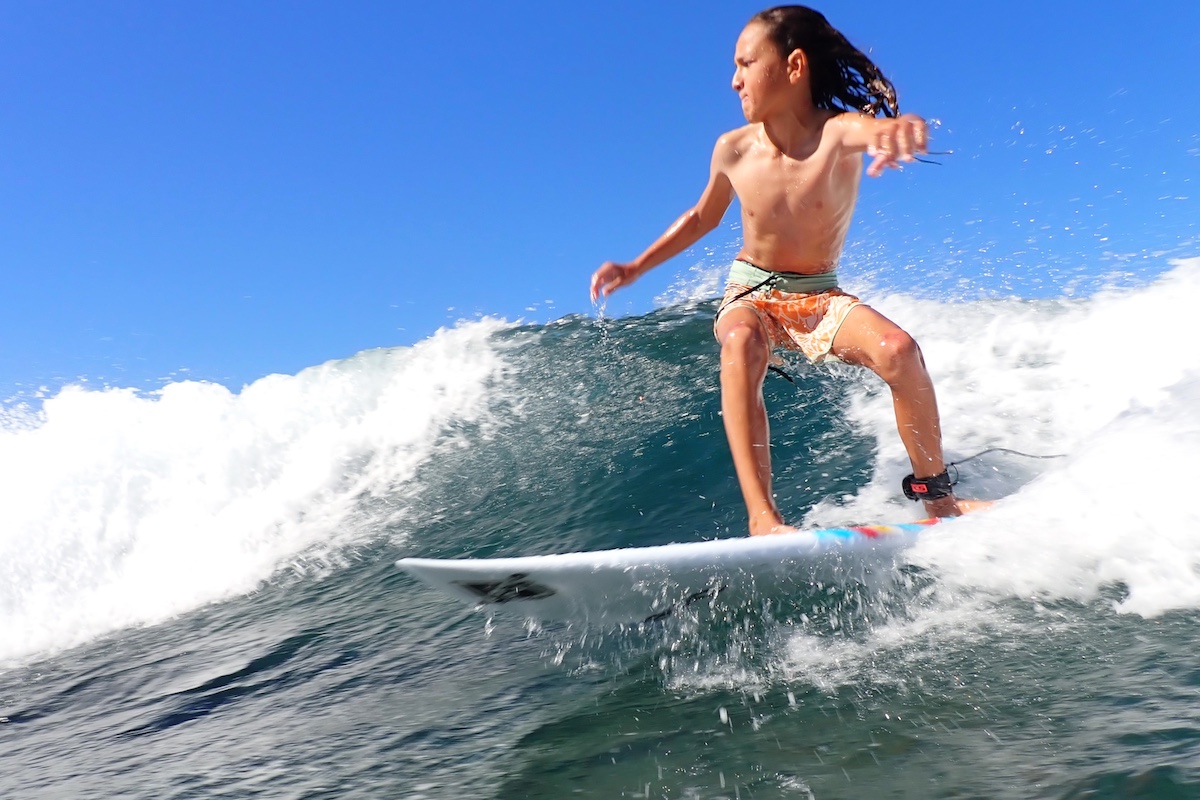Beginner’s Guide to Catching Your First Wave
Dreaming of catching your first wave but not sure where to start? Surfing is more than just a sport. It’s a lifestyle, a journey, and an adventure that connects you to nature in ways few other activities can. Whether you’ve always wanted to try surfing or have been watching surfers in action, here’s your ultimate guide to riding your first wave.
1. Pick the Right Beach
Choosing the right beach is essential for beginners. While every surf spot is unique, look for beaches with small, consistent waves. These beaches usually have gentle breaks and sandy bottoms (not reefs or rocks). Some spots have designated beginner areas—often marked—or you can ask local surf schools or lifeguards for recommendations.
The best beginner beaches are sheltered from big swells, with gentle, consistent waves. Avoid advanced surf spots with larger, unpredictable waves that may feel overwhelming.
2. Gear Up
The right equipment is key to both safety and enjoyment. The most important piece of gear for a beginner is the surfboard. A soft-top board is ideal. These boards are easier to balance on and safer during falls. Soft-top boards are typically wider and more buoyant, helping you catch waves more easily. A longer board (8 to 9 feet) gives better stability and is easier to paddle.
For cold waters, a wetsuit is essential to keep you warm. Ensure it fits snugly and comfortably. In warmer waters, a thinner wetsuit or rash guard will protect your skin from the sun and board rash. Don’t forget the essentials like wax for your board and reef booties if you’re near a rocky shore.
3. Learn the Rules and Surf Etiquette
Surfing has its own set of rules and etiquette to keep everyone safe and respectful in the water. A key rule is respecting the lineup—the area where surfers paddle out to catch waves. Never paddle in front of someone already riding a wave; wait your turn. If you’re unsure, ask more experienced surfers about local rules.
Another important rule is “don’t drop in,” which means don’t catch a wave that someone else is riding. It’s both dangerous and bad form. As a beginner, be mindful of other surfers and avoid taking too many waves.
Most importantly, prioritize safety. Be aware of your surroundings, including potential hazards like rocks, other surfers, or marine life.
4. Patience Is Key
Surfing is more than just riding waves—it’s about understanding the ocean’s rhythm and learning to move with it. Your first wave won’t be perfect, and that’s okay! The real goal is to enjoy the journey. The first time you manage to catch a wave and stand up, no matter how short the ride, will be thrilling. It makes all the falls and wipeouts worthwhile.
Don’t get frustrated if things don’t go as planned. Take your time to get comfortable with paddling, popping up, and riding the wave. Progress may be slow at first, but every session will bring new lessons.
5. Perfect Your Pop-Up
The pop-up is a crucial skill every beginner must master. This move gets you from lying on the board to standing up. Start by practicing on land to get the motion down. In the water, practice popping up quickly as soon as the wave catches you. The faster you pop up, the better your balance will be when riding the wave.
Keep your eyes forward, stay loose, and distribute your weight evenly. With practice, popping up will feel more natural.
6. Celebrate Your Progress in Style
After a successful surf session, there’s no better way to celebrate than by slipping into your Tercera Costa Tee. This stylish, comfortable, and sustainable tee is the perfect post-surf gear. Whether you’re relaxing on the beach or snapping photos to remember the moment, your Tercera Costa Tee will make sure you look great while feeling comfortable.
And of course, don’t forget to share your surfing milestones on Instagram. Catching your first wave is an achievement, and it’s a great way to inspire others to try surfing too!
7. Don’t Forget to Have Fun
Surfing is all about fun! Don’t stress about being perfect. It’s okay to fall, to feel frustrated, and to take breaks when needed. The more you relax and enjoy the experience, the faster you’ll improve.
In time, you’ll gain confidence, tackle bigger waves, and truly connect with the ocean.
Conclusion
Catching your first wave is just the beginning of your surfing journey. It’s about more than riding a wave—it’s about embracing the ocean, learning patience, respecting the surf community, and, most importantly, having fun. Follow these tips, and you’ll be on your way to becoming a confident surfer in no time. And remember, after every surf session, celebrate your progress in style with your trusty Tercera Costa Tee. Every surf session is a win!

